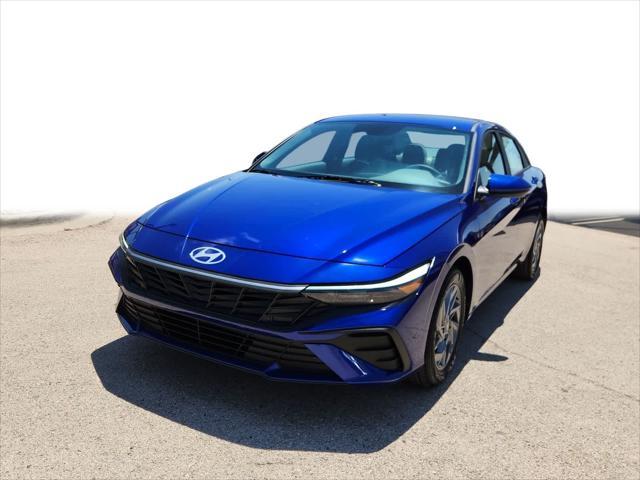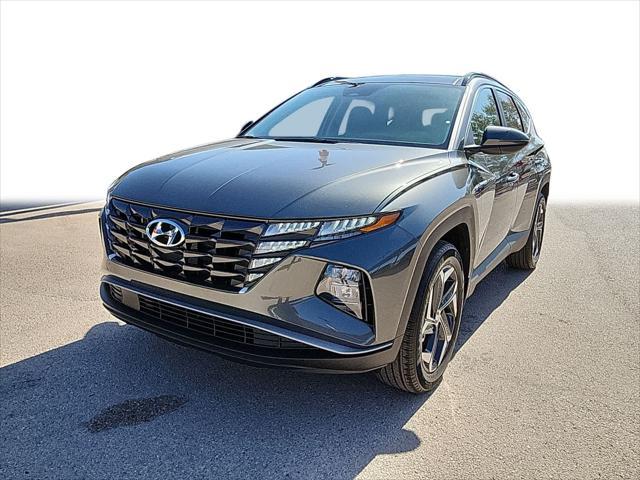TIPS ON HOW TO MAXIMIZE YOUR FUEL EFFICIENCY
Here are some tips on how to maximize your fuel efficiency.

Plan Your Trips
Map a route before you go to minimize unnecessary backtracking.
Avoid peak traffic times.
Combine errands and go to "one stop shops” where you can do multiple tasks at once. (ie: shopping centers that have the grocery store and bank, etc)
Avoid peak traffic times.
Combine errands and go to "one stop shops” where you can do multiple tasks at once. (ie: shopping centers that have the grocery store and bank, etc)
Minimize Unnecessary Weight
Remove items such as salt, sand and sports equipment from your vehicle. The less it weighs, the less fuel your vehicle will use. The fuel consumption of a mid-size car increases by about 1% for every 55 pounds of weight it carries.
You can also streamline your vehicle by taking off the racks when you’re not using them. Aerodynamic drag can increase fuel consumption by as much as 20% on the highway.
You can also streamline your vehicle by taking off the racks when you’re not using them. Aerodynamic drag can increase fuel consumption by as much as 20% on the highway.
Use A/C Sparingly
Air conditioning can increase a vehicle’s fuel consumption by as much as 20%. Open the windows when you’re driving in the city, and use the flow-through ventilation system with the windows up on the highway. If you do use air conditioning, use the re-circulate option. It will minimize the impact.
Keep an Eye on Your Tire Pressure
Driving a vehicle with tires under-inflated by 56 kilopascals (8 pounds per square inch) can increase fuel consumption by up to 4%. It can also reduce the life of your tires by more than 6,200 miles.
Drive to Warm the Engine
In cold temperatures, start the engine and then drive the car normally to warm the engine. Driving brings the engine to operating temperature more rapidly and thus, saves gas.
Use Cruise Control
Driving at a consistent speed on the highway saves gas. However, never use cruise control on slippery roads as it could cause a loss of vehicle control.
Avoid Excessive Idling
A car engine consumes one quarter to one half gallon of fuel per hour when idling, but a warm engine only takes around 10 seconds worth of fuel to restart. Where safe to do so, shut off your engine if you will be stopped for more than a minute.
Watch Your Speed & Drive Conservatively
Fuel economy peaks at around 50 mph on most cars, then drops off as speeds increase. Reducing highway speeds by 5 to 10 mph can increase fuel economy 7 to 14 percent.
Avoid "jack rabbit" starts, rapid acceleration and hard braking, which can lower fuel economy by 15 to 30 percent at highway speeds and 10 to 40 percent in stop-and-go traffic.
Avoid "jack rabbit" starts, rapid acceleration and hard braking, which can lower fuel economy by 15 to 30 percent at highway speeds and 10 to 40 percent in stop-and-go traffic.





















































